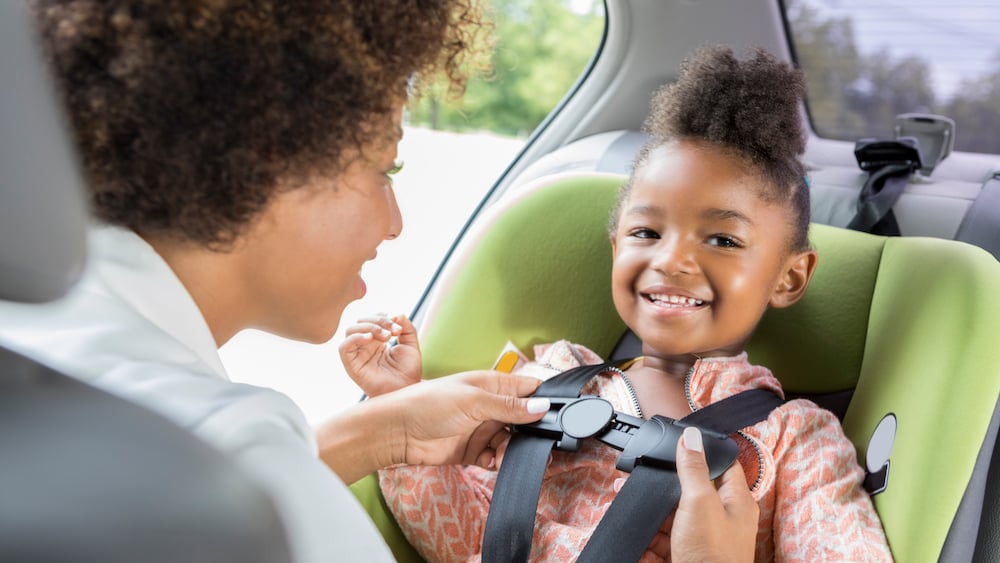Back to articles
What does the future of personal safety devices look like?
 While we live in an increasingly tech-focused world, we still face many of the same dangers and threats to our personal safety that we did centuries ago. How can we turn our technology to help mitigate those dangers?
While we live in an increasingly tech-focused world, we still face many of the same dangers and threats to our personal safety that we did centuries ago. How can we turn our technology to help mitigate those dangers?
Updating wearables
Many regions of the world are experiencing rising rates of crime, particularly against women and children. A greater number of crimes is seeing an associated rise in the demand for electronic personal safety devices based on wearable tech. According to analyst Market Research Future, the sector is predicted to reach $5.5 billion by 2025 and will include products influenced by other segments and of increasing sophistication.
For example, the recent shift towards using wireless technology for workplace safety has seen many of the same ideas turned to address personal safety challenges. Thus, we are now seeing consumer wearables, previously designed primarily for exercise monitoring, sporting safety features.
Many smartwatches now include ‘panic buttons’ – inbuilt personal alarms that can notify the police or nominated contacts of the wearer’s location in an emergency. And several new wearables can now alert designated contacts if the user experiences trauma such as a fall.
The SalusWear device, for example, is a wearable designed to track and monitor individuals suffering from Alzheimer’s, dementia or autism. The solution employs Nordic-powered LTE-M connectivity and GNSS to report the wearer's location to family, friends, or caregivers in the event they go missing or have potentially been subject to a fall.
Adding tech to personal safety devices
The traditional personal safety market has also evolved thanks to technology. For example, there are now personal alarms and pepper sprays that not only act as panic buttons, but can take images or record sound when activated.
However, such products come with some potential issues, as they are often carried in a bag, making them difficult to find in an emergency. And a device can’t be activated if the person is already injured or is being prevented from accessing it. They also tend to look like obvious personal safety devices.
Devices in disguise
Wireless technology can help by enabling discreet solutions designed to deescalate a situation or simply provide an increased sense of security (with the means of backing this up, of course). One of the main trends in the personal safety marketplace is a hidden panic button disguised as an everyday item, such as a necklace or bracelet.
For instance, ‘Eve’ and ‘Pacific Ocean’ are jewelry collections by Kwema, designed to send the wearer’s GNSS location to preselected safety contacts when activated. And the ‘IVY’ by Smartfuture can be worn either as a necklace or a bracelet and activated by tapping the stone twice to emit a loud alarm or three times to send an SOS audio message and the user’s location to preselected contacts. Tapping the stone four times triggers a phone call to the nominated contact. Other solutions can activate a call to the wearer’s phone to deter would-be attackers by making them think a friend or colleague is making contact.
Untethering safety
Bluetooth LE remains the most popular technology for connecting wearables to user smartphones because it uses little power, enabling compact wearables, and is interoperable with most handsets. The smartphone can then be used to forward alerts to the cloud via Wi-Fi or the cellular network.
However, some versions operate in other ways, in case the user finds themselves without a smartphone. For example, the Montr Emergency Button uses NB-IoT connectivity to transmit the user’s location directly via the cellular network in the event of an incident.
Danger everywhere
It’s not just the criminals that can bring harm. Everyday activities can be dangerous. Even something as unremarkable as cycling can result in anguish if an accident occurs. But if the worst happens, the ANGi (Angular and G-Force Indicator) helmet will send an alert through Bluetooth LE connectivity with the user’s smartphone if it detects a significant impact.
Elsewhere, to reduce the danger children can face in automobiles, Swedish company Halmstad has launched a ‘smart’ children’s car seat. The Holmbergs DigitalSafety system will notify parents via the accompanying app if the child unbuckles themselves. If the child is left buckled but unattended in a parked car, then an anti-abandon alert is sent, and if the child is still left alone for a period of time, a text message with their location will be sent to an emergency contact.
While we might be some way from the perfect tech solution to prevent every possible danger or accident, wireless personal protection devices have made the world a much safer place than it was just a few years ago.


